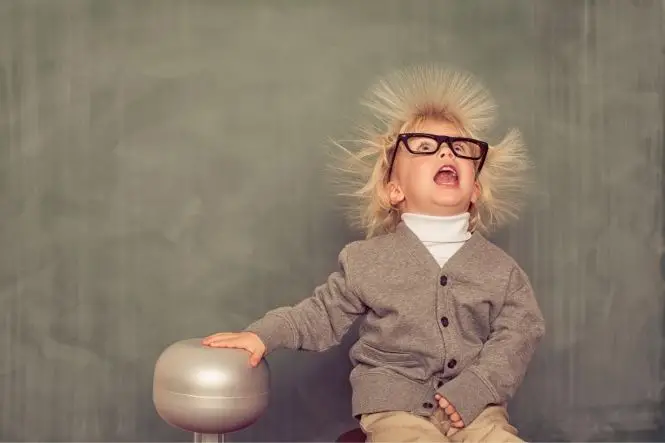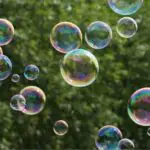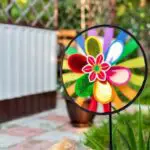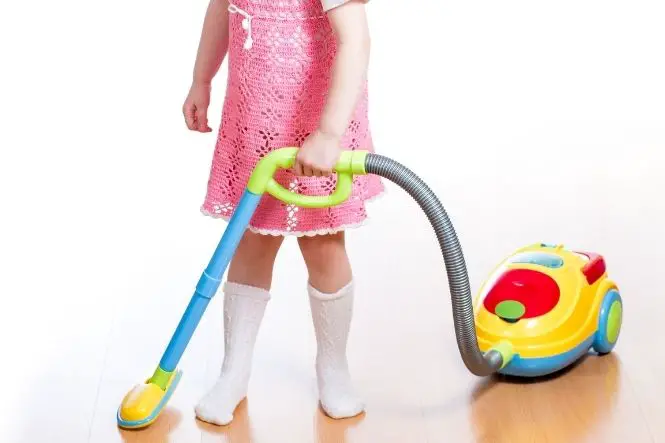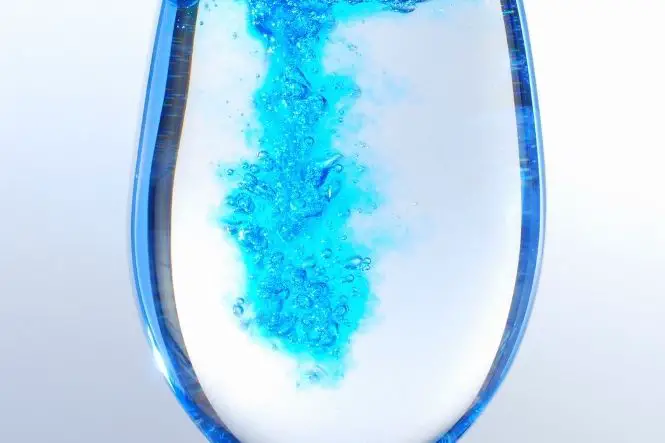Atoms (the tiny building blocks that make everything) contain protons, which have a positive charge, and electrons, which have a negative charge. Some electrons are fixed onto the atoms quite loosely, and can come off quite easily when two different materials are rubbed together, and transfer from one surface to another.
Some materials are more likely to give up electrons than others are. The material that gives up the electrons ends up with an overall positive charge, and the material that gains the electrons will have an overall negative charge. This build up of electrons is called static electricity, and the process is called ‘triboelectric charging’.
These experiments will all work better on dry, cold days, as water in the air coats surfaces and helps the electrons recombine with their materials.
Table of Contents
Making a Balloon Sticky
Blow up a balloon, rub it against a wool jumper and then hold the rubbed part against the wall – the balloon should stick to the wall. Does it work if an unrubbed part of the balloon is held against the wall? Try it with fur, silk or nylon.
Some of the electrons move from the wool jumper and stick to the balloon, giving it a slight negative charge in the rubbed area. The wall has the same number of positive and negative charges, making it neutral. Opposite charges attract each other and the same charges repel. Therefore, the negative charges in the balloon attract the positive charges in the wall (and repel the negative charges) and the balloon sticks. The rubber in the balloon is an insulator, so the electrons do not move around the balloon. This means that only the rubbed part of the balloon will be ‘sticky’.
Making Hair Sticky
Rub the balloon on someone’s hair and then pull it upwards slowly. Because the hair has lost electrons and now has an overall positive charge it will try to stick to the balloon’s overall negative charge – how high will the hair go?
The same will happen with a wool hat – put a snug woolly hat on and then pull it off – the wool pulls the electrons off the hairs. As each hair has the same positive charge, they now repel each other, making the hair try to move as far apart as possible.
Making Polystyrene Pellets Sticky
Charge up a balloon and hold it a short way above a handful of polystyrene pellets on a tale – the pellets should jump.
Attracted by the negative charge, the neutrally charged polystyrene pellets should jump up to the balloon. After a while, some electrons may transfer from the balloon to the polystyrene pellets, making the pellets negatively charged. They then repel the negatively charged balloon and fall off. If the pellets then transfer their electrons to the table, they will be neutral again and may jump back up to the balloon.
Making Water Sticky
Wash a plastic comb and make sure it is completely dry. (Gently) comb someone’s hair and then hold the comb next to a slowly running tap.
The negatively charged comb will attract the neutral water.
Making Tissue Paper Sticky
Wash a plastic comb and make sure it is completely dry. (Gently) comb someone’s hair and then hold the comb above small torn up bits of tissue paper. Try it with a sprinkling of salt or pepper on a table. The negatively charged comb will attract the neutral water.
The negatively charged comb will attract the neutral tissue paper.
Balloons that Hate Each Other
Tie a piece a string around the neck of each of two balloons, and charge the balloons by rubbing them against a wool jumper. Hold a balloon by the string in each hand and slowly bring the charged sides near to each other – they should move apart.
The two balloons now each have a negative charge and will repel each other.

